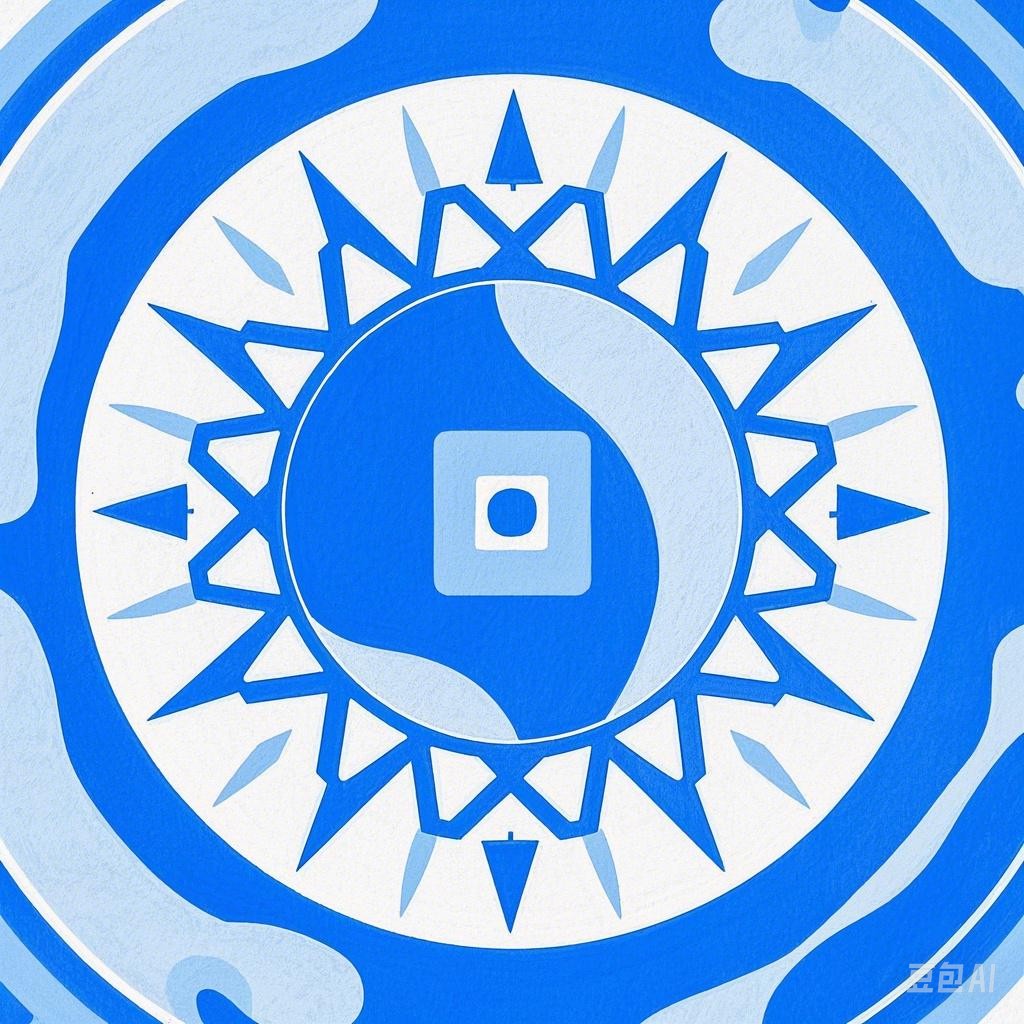Introduction
China, with its vast and diverse cultural heritage, is home to a multitude of festivals that reflect the country’s rich history and traditions. Each festival carries its unique significance, customs, and rituals, offering a glimpse into the heart and soul of Chinese society. This guide aims to unravel the complexities of some of the most celebrated festivals in China, providing insights into their origins, customs, and the joy they bring to millions of people across the land.
The Spring Festival (Chinese New Year)
Origins and Significance
The Spring Festival, also known as Chinese New Year, is the most important and widely celebrated festival in China. It marks the beginning of the lunar new year and traditionally falls between January 21 and February 20. The festival has its roots in ancient agricultural practices and is associated with the worship of gods and ancestors.
Customs and Rituals
- Red Decorations: Red, symbolizing luck and joy, is prominent during the festival. Homes are adorned with red lanterns, couplets, and paper cuttings.
- Family Reunions: The most awaited part of the festival is the family reunion dinner, where people gather to share a feast and exchange gifts.
- Fireworks and Firecrackers: These are set off to ward off evil spirits and attract good luck.
- Ancestral Worship: Offerings are made to ancestors to honor their memory and seek their blessings.
Celebrations
- Dragon and Lion Dances: These traditional performances are believed to bring good fortune and ward off evil.
- Folk Games: Activities like the Dragon Boat Race and the Guessing Game of Lanterns add to the festive atmosphere.
The Lantern Festival
Origins and Significance
The Lantern Festival, also known as the Yuanxiao Festival, is held on the 15th day of the first lunar month. It marks the end of the Spring Festival and is celebrated with lantern displays, dragon dances, and various performances.
Customs and Rituals
- Lantern Display: Homes and streets are lit up with colorful lanterns, symbolizing the light overcoming darkness.
- Mooncakes: These round pastries are eaten to symbolize reunion and completeness.
- Lantern Riddles: Participants guess riddles written on lanterns as a form of entertainment.
The Dragon Boat Festival
Origins and Significance
The Dragon Boat Festival, held on the fifth day of the fifth lunar month, commemorates the death of Qu Yuan, a patriotic poet and statesman. It is also a time to honor the dragon, a symbol of power and strength.
Customs and Rituals
- Dragon Boat Race: Teams of rowers compete in long boats, with a drumbeat to coordinate their efforts.
- Zongzi: These sticky rice dumplings wrapped in bamboo leaves are eaten during the festival.
- Herbal Medicine: Various herbs are used to ward off evil spirits and diseases.
The Mid-Autumn Festival
Origins and Significance
The Mid-Autumn Festival, celebrated on the 15th day of the eighth lunar month, is a time for family reunions and moon gazing. It commemorates the story of Chang’e, a moon goddess who fled to the moon to escape her husband.
Customs and Rituals
- Moon Gazing: Families gather to admire the full moon and share mooncakes.
- Lanterns: Lanterns are released into the sky to symbolize peace and harmony.
- Folk Music and Dances: Traditional performances are held to celebrate the festival.
The Double Ninth Festival
Origins and Significance
The Double Ninth Festival, held on the ninth day of the ninth lunar month, is a day to honor the elderly and to appreciate the beauty of autumn. It is also believed to be a day for avoiding evil spirits.
Customs and Rituals
- Visit the Elderly: It is customary to visit the elderly and offer them gifts.
- Hiking and Viewing the Harvest: People go hiking and enjoy the autumn scenery, as well as appreciating the harvest.
- Chrysanthemum Tea: Chrysanthemum tea is drunk to promote longevity and health.
Conclusion
Chinese festivals are a testament to the country’s deep cultural roots and the enduring values of family, community, and tradition. Each festival offers a unique glimpse into the rich tapestry of Chinese culture, showcasing the nation’s rich history and the joy of life celebrated by its people.
